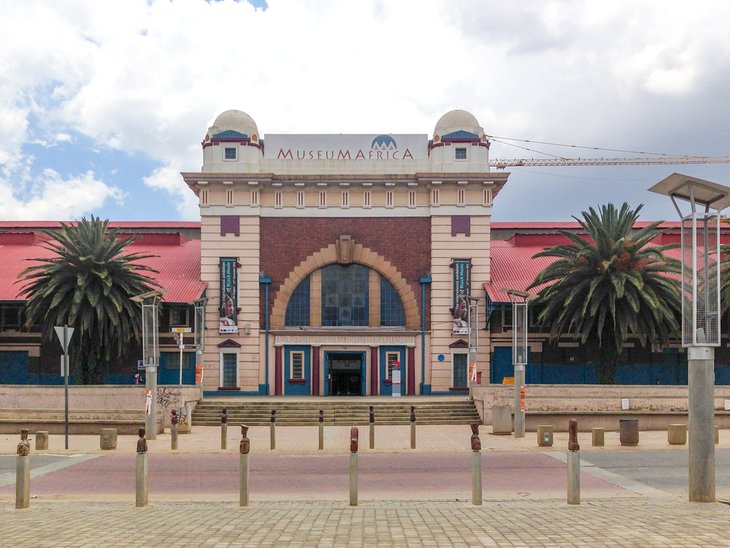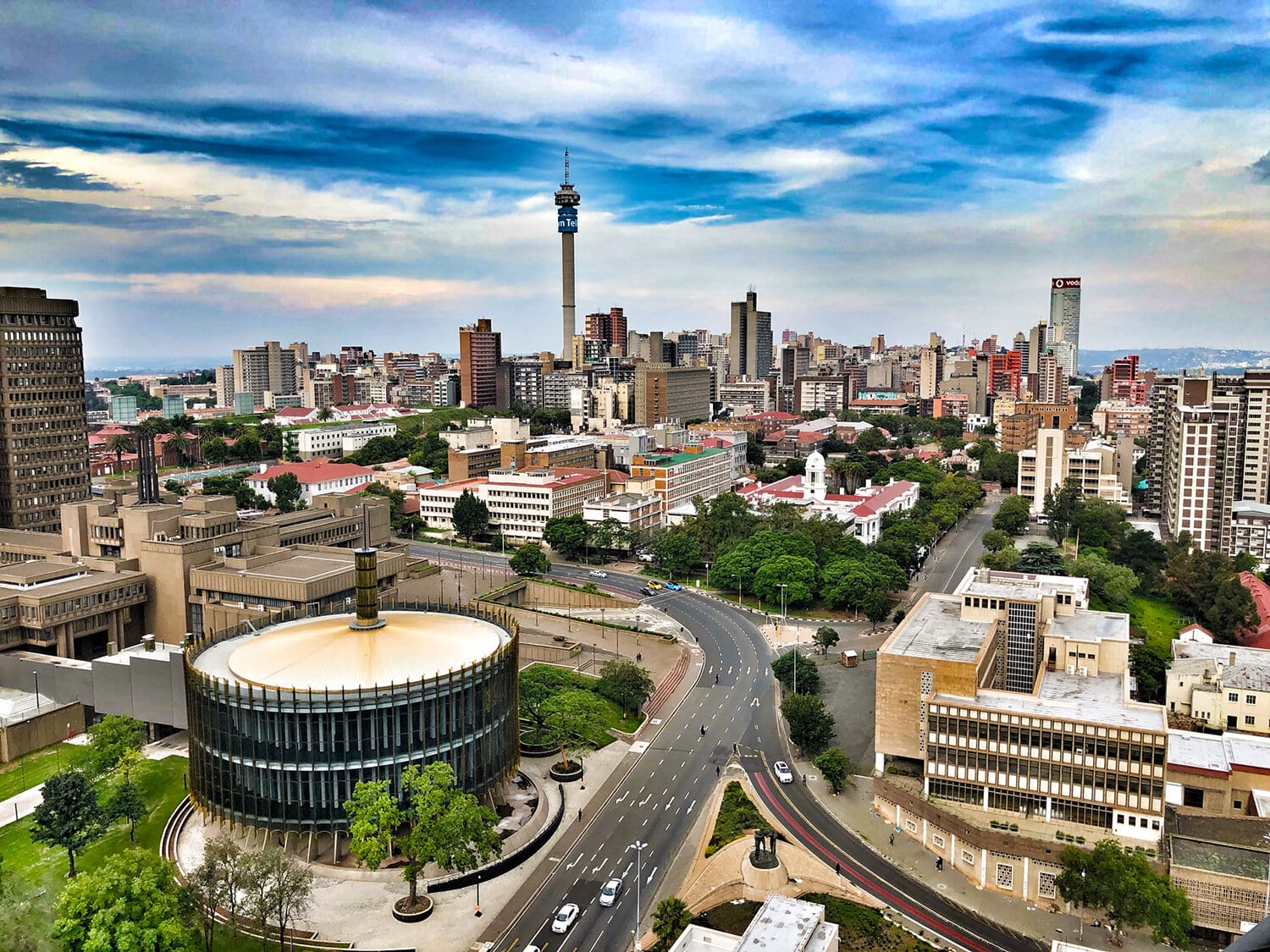The Best Strategy To Use For Johannesburg North Attractions
The Best Strategy To Use For Johannesburg North Attractions
Blog Article
Some Known Details About Johannesburg North Attractions
Table of ContentsIndicators on Johannesburg North Attractions You Should KnowThe Single Strategy To Use For Johannesburg North Attractions10 Easy Facts About Johannesburg North Attractions DescribedThe 7-Second Trick For Johannesburg North AttractionsThe Main Principles Of Johannesburg North Attractions 4 Easy Facts About Johannesburg North Attractions Shown
The city owes its area to the visibility of a a lot more valuable source: gold. The city grew on the side of the Witwatersrand Key Coral reef, a subterranean stratum of gold-bearing quartz-silica conglomerate that arcs for hundreds of miles below the Highveld. The majority of the gold mines in the city ceased operation in the 1970s, however in its day the Witwatersrand gold market represented greater than 40 percent of the world's yearly gold manufacturing.Johannesburg has a temperate environment. Summer temperatures balance about 75 F (24 C); winter temperature levels average regarding 55 F (13 C) and just occasionally dip listed below freezing. The city delights in concerning 8 hours of sunshine each day in both winter season and summer season. Rainfall standards about 28 inches (700 millimetres) per year, however the total varies substantially from year to year.
What rain the city receives falls nearly exclusively in the summer months, usually in incredible late-afternoon electric tornados., where lots of residents still rely on coal for fuel.

Unknown Facts About Johannesburg North Attractions
The balance of the city is occupied by whites. Holiday accommodation varies in character and high quality.
Physical growth, although somewhat restricted by transportation, continued rapidly as immigration to South Africa, and Johannesburg in specific, boosted significantly.
The majority of inadequate suburban areas were combined, with inadequate blacks and whites living together, although the wealthy residential areas were generally booked for whites. This altered with the political election of the National Party in the 1948 political elections, that started to formalise the system recognized as discrimination. Apartheid officially marked which suburban areas each race might stay in under the Team Areas Act.
The previous system of eleven phoned number regions was reorganised in 2006. Marshalltown, as seen from the top of the Carlton Centre. The M1 and M2 run directory behind the structures, and the southern suburban areas extend past the highway border. The inner city of Johannesburg lies within the city's Area F. The number of individuals living in the inner city on an informal basis is unknown, as several are illegal immigrants. The joblessness, education and learning, and age accounts of the location are all unidentified, due to the difficulty of getting reliable info about the location.
Facts About Johannesburg North Attractions Revealed
Yeoville and Bellevue have a mix of apartment or condo buildings and single residential devices on little lots. The region is situated on a mountainous divide that runs from eastern to west.

How Johannesburg North Attractions can Save You Time, Stress, and Money.
The eastern residential areas are some of the oldest areas of Johannesburg, there are huge neighborhoods of Jewish and other European histories, the bulk of the population is English talking. There are 3 golf training courses as well as a number of secured ridges with viewsites.
The area is mostly made up of old "matchbox" homes, or four-room houses built by the federal government, that were built to give affordable holiday accommodation for black workers throughout racism. Soweto is an acronym, standing for "South Western Townships". Road after road in this field is lined with matchboxes; however, there are a few smaller sized areas where flourishing Sowetans have developed homes that are a lot more similar in stature with those in more upscale suburban areas.
Hostels are an additional noticeable physical feature of Soweto. Originally developed to house male migrant workers, several have been enhanced as residences for pairs and family members. The N1 Western Bypass skirts the eastern boundary of Soweto. The suburban area was not historically permitted to develop work centres within the location, so mostly all of its homeowners are commuters to various other parts of the city.
What Does Johannesburg North Attractions Mean?
The N1 Western Bypass attaches the north suburbs with the north-western suburbs. The suburbs in the northern residential areas are mostly formal, without substantial areas of informal real estate, or housing that does not have a long-term structure. This is a recognized area, there is a trend of land usage modification from household to business, especially along major arterial roadways and around well-known nodes.
Roadways to the east and west are less well established, as there are no highways travelling in that instructions. Towards the northern boundary dig this of the city, the thickness of development reduces, leaving huge locations of undeveloped land around Midrand.
6 Simple Techniques For Johannesburg North Attractions
The first suburb to the north of the inner city is Parktown, which about his lies on a hill ignoring the central city and Hillbrow. It has numerous wealthy locals and Edwardian-design estates, in addition to the Education and learning and Clinical schools of the College of the Witwatersrand. The big concrete Charlotte Maxeke Johannesburg Academic Healthcare Facility controls the sky line of Parktown.
Report this page